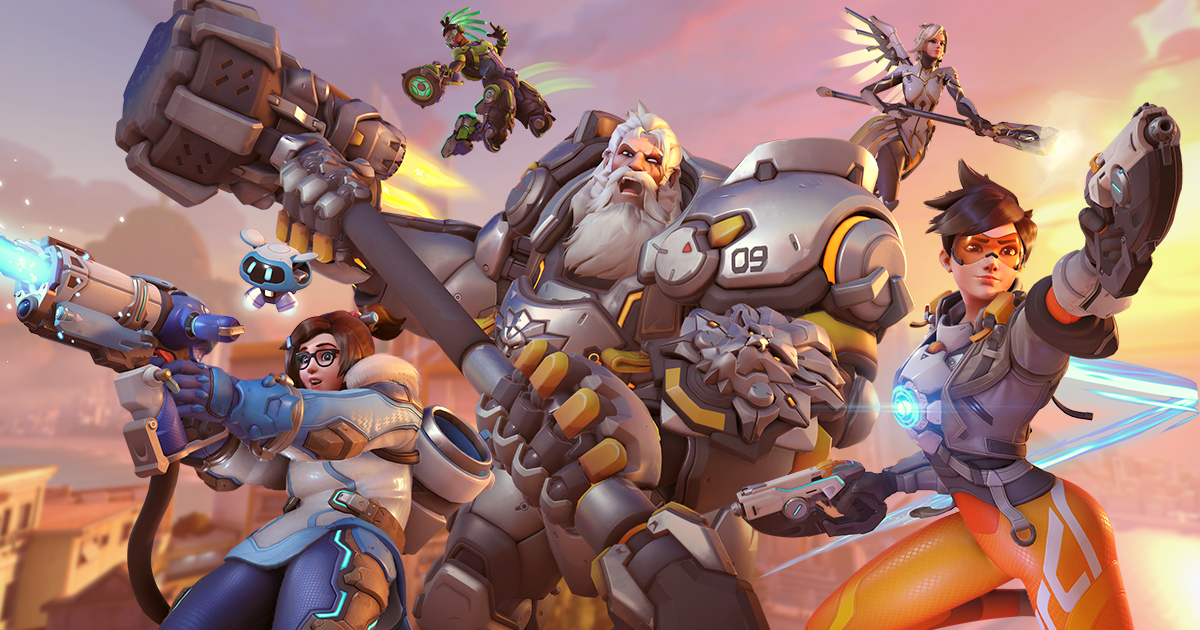I picked Blizzard’s Overwatch, which I’ve played on PC and PS4.
4 Kinds of Balance
Balance in Single-Player Games
This refers to if difficulty and pacing is appropriate for the target audience, which isn’t relevant because Overwatch is multiplayer.
Balance in Asymmetric Games
This concerns whether any two players will have an advantage by starting off with certain positions or resources. Overwatch is a first-person shooter, where you select a character hero that functions in a certain role (Damage or DPS, Tank, and Support) as part of your 6-person team. There are currently 32 different heroes to choose from, each with unique powers and abilities. And each role has its own job to do, whether that’s getting kills, making space, or boosting teammates. This creates a diverse and multifaceted experience for each new game, having to consider asymmetric differences in all new contexts.
Balance between Strategies in a Game
Overwatch is designed to motivate players to explore new team compositions. A team requires 2 DPS, 2 Tanks, and 2 Support, to maintain a role balance. But within these restrictions, multiple, vastly different game-winning team compositions can emerge—Dive, Brawl, Rush—that play to different heroes’ strengths.
Balance between Game Objects
32 heroes with unique strengths and abilities, as Blizzard has discovered, is incredibly hard to balance. With each seasonal update, heroes get weakening “nerfs” or strengthening “buffs” to try to keep as many choices attractive and viable as possible. But as expected, tier lists change from season to season and some heroes rise to the top as a better pick. In theory, all heroes have the same cost/benefit ratio, but we will now turn to the balancing techniques Overwatch uses to play with that.
3 Ways to Balance Game Objects
Transitive
One of the earliest heroes, Tracer, has had little updates since her launch. Her mechanics in terms of speed, damage, and Ultimate charge capture the developers’ desired “look and feel” of the game, so she is used as an anchor to balance out all other heroes. This is helpful when an unpredictable new character is introduced, because all other characters must effectively be re-balanced. Having Tracer fixed in place ensures that new characters are always considered in relation to some mathematical constant, and keeps the game from drifting too far from the magic formula.
Intransitive
Though all characters may be objectively equal, intransitive relations arise between any two characters. For example, Reaper is known as the “tank killer” for his close-combat high-damage shotgun output (tanks usually have a large surface area). But the fun of Overwatch is that when a match-up tips out of your favor, you can switch to another hero that is more effective. This creates an exciting and dynamic game, where you pick certain heroes that are better suited for certain objectives and map areas, which in turn leads your opponents to adapt to you, and so on, effectively letting you control the balance if you know how to!
Fruity
All heroes are vastly different and unique, but escape the “fruity” definition, because plenty of theory surrounds which match-ups and compositions will generally be more effective.



